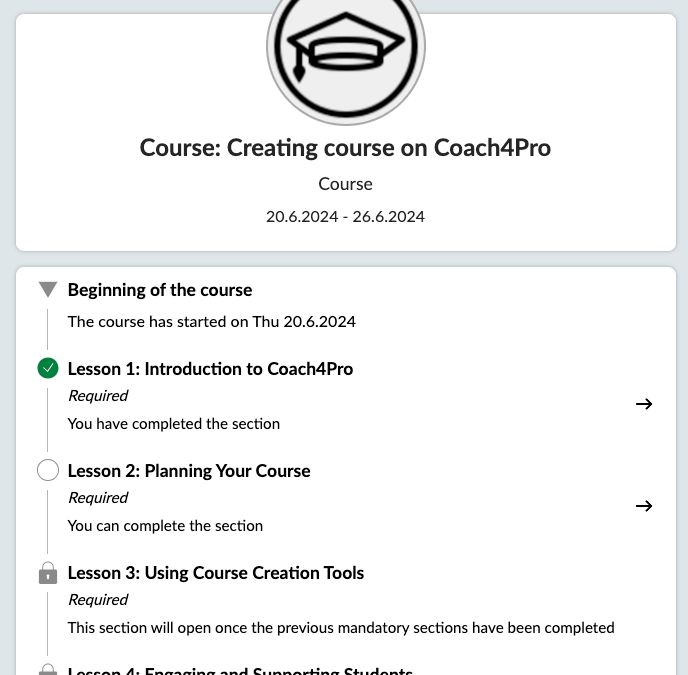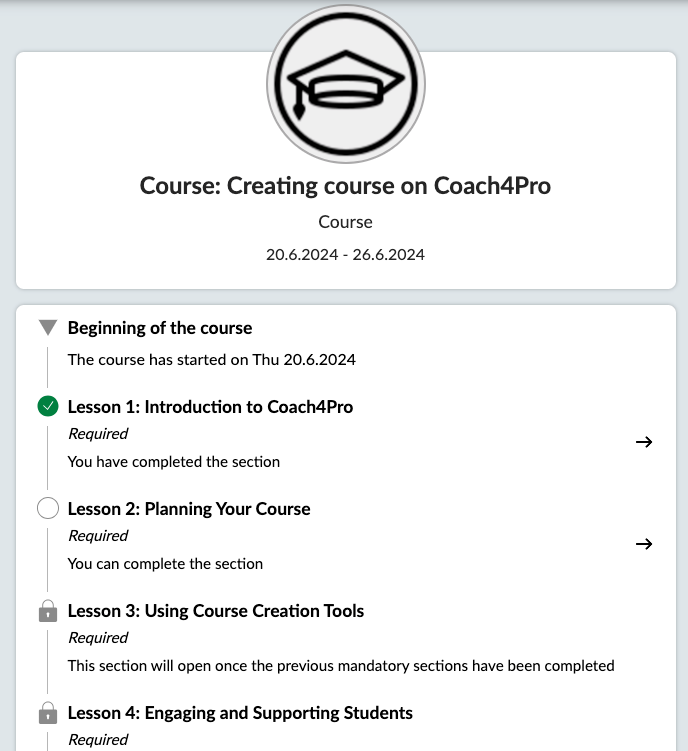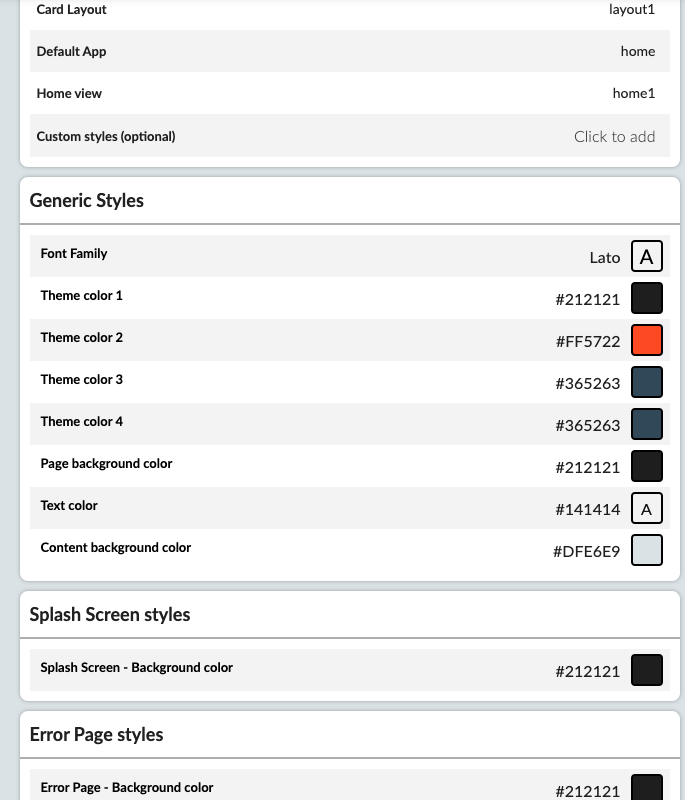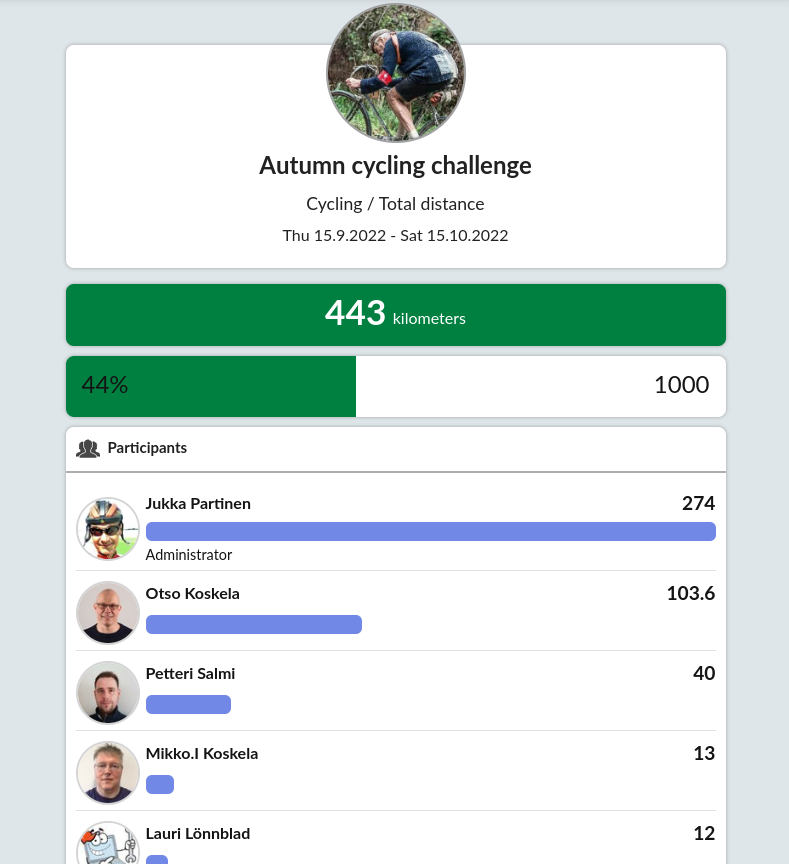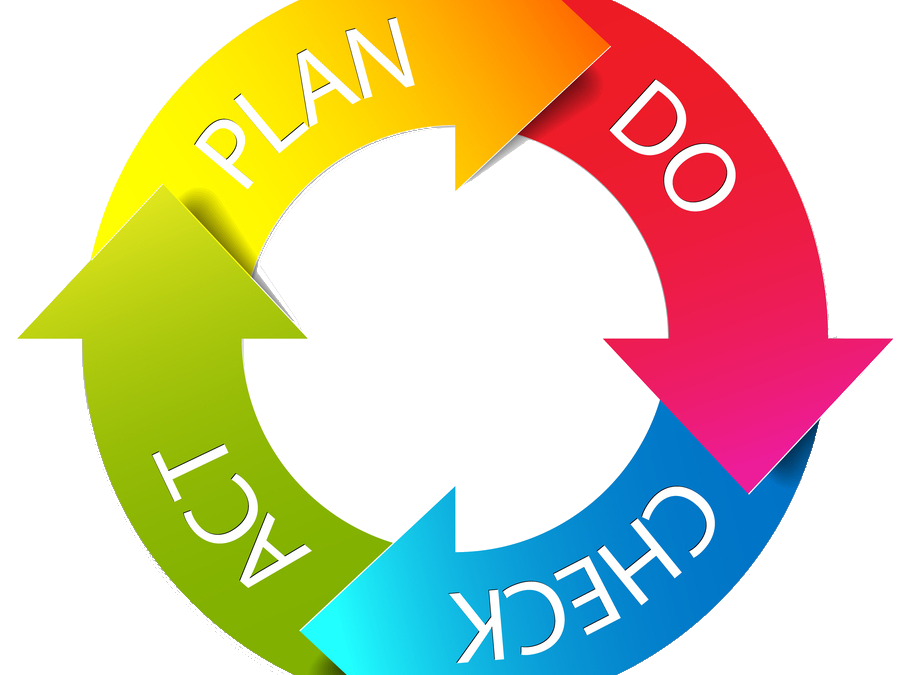Preventive healthcare programs need to be methodically ensured for quality. Why?
Because you want to ensure that your investment pays itself back by avoiding future health issues. Neglecting to ensure quality means you are just hoping that your service works.
One effective framework is the Plan, Do, Check, Act-cycle (PDCA). The PDCA cycle provides a structure for iterative testing of changes for improving quality. We at Coach4Pro recommend PDCA, since it’s widely accepted and used in various industries. However, PDCA needs to be deployed carefully to ensure the results. Something we are happy to help our partners and customers with.
Those responsible for preventive healthcare programs want fit-for-purpose solutions to be developed. But during an active program, you don’t want to do any big changes without risking the outcome. The PDCA cycle promotes the use of a small step, iterative approach to test program interventions. This enables rapid assessment and provides flexibility in adapting the changes based on feedback.
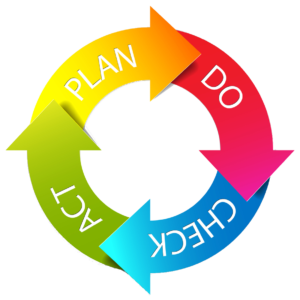
PDCA in practise
Let’s go through the PDCA-cycle when implementing it to a preventive healthcare or wellbeing service on the Coach4Pro platform. In this case a mentor/coach is available online to follow the progress of the program. Most of the considerations here can also be applied to programs that doesn’t have a coach. But from a quality point-of-view we do not recommend these kinds of “self-services”, simply because it’s not a service!
PLAN
In the planning phase we design the program: duration, content, instructions, questionnaires, messages and media. This means you create or upload the material to the Library. Once the material is in the Library, creation of the program (or plan as we call it) is quite as easy as drag and drop. Naming conventions are essential here. Naming should be done in such a way that when you start dragging and dropping, you should know from the name of the object what the content is. This is something you learn along the way, and renaming is sometimes needed.
Before you start doing the above actions, it’s good to have a short manuscript of your program. This serves as the backbone of your plan.
Once the program is ready to be published, you have completed the Plan-phase!
DO
Do-phase starts with publishing your program. You can publish the whole program at once, or you can publish it in parts , e.g bi-weekly. You can invite the participants or they can register through a link to your program. Once your clients have signed up and are executing the program, you can start the follow-up. This is where the difference can be made. If you have included questionnaires about the expectations of the clients, you can adjust the level of interaction and feedback according to each client’s expectation.
Giving feedback is easy. Whenever a client is commenting an activity (task/exercise), the mentor will get a push notification. These notifications are stored in a list, from where you have direct access to the comments and you can start a dialogue with your client.
The daily work for the mentor is simplified: just go through the list of notifications, give your responses and your day is done. And from the client point of view: “she/he is really following what I am doing”.
CHECK and ACT
Check-phase can be split into two parts: monitoring the progress of your clients during the program, and analysing the outcome of the programs once they are finished.
If you are constantly in dialogue with your client and observing the progress, you can act based on this dialogue. You can correct some things for one client: “this is not working for you, let’s try another thing for you”. If you see that all the clients are passive on certain activity, you could either remove or replace that activity. This means that you can update your program and publish it again. Changes will naturally be made only for coming activities.
The second type of checking happens once the program has finished. You can use activity-reports to find out what kind of activities had high participation/completion and which did not activate clients. Then you either correct, remove, or replace the things that did not work.
You should also go through questionnaires and find out where the improvements could be made.
In the Act-phase you make the corrections and changes to your program so that it is ready to be published. Good job! But don’t stop here. Since PDCA is a cycle, your newly implemented solution now becomes the starting point for the next round of improvements. This way you methodically ensure quality.
Things to remember
Small-scale tests provide coaches and mentors with freedom to act and learn; they minimise risk to the clients. Tests provide the opportunity to build evidence for change and engage stakeholders as confidence in the intervention increases.
The PDCA-cycle can be implemented in such a way that data is analysed weekly, biweekly or monthly. This allows you to identify what works and amplify it. Activities that do not work need to be changed or even removed or replaced.
In a previous article we wrote about the importance of collecting data. Without data, we miss out on knowledge about the client and the program — knowledge that would help provide better personalised service. Digital tools allows you to collect the data you want with fairly minimum effort.
Are you interested in knowing more about this topic?
Why don’t you send us a mail!
Explore your new online coaching platform today.
